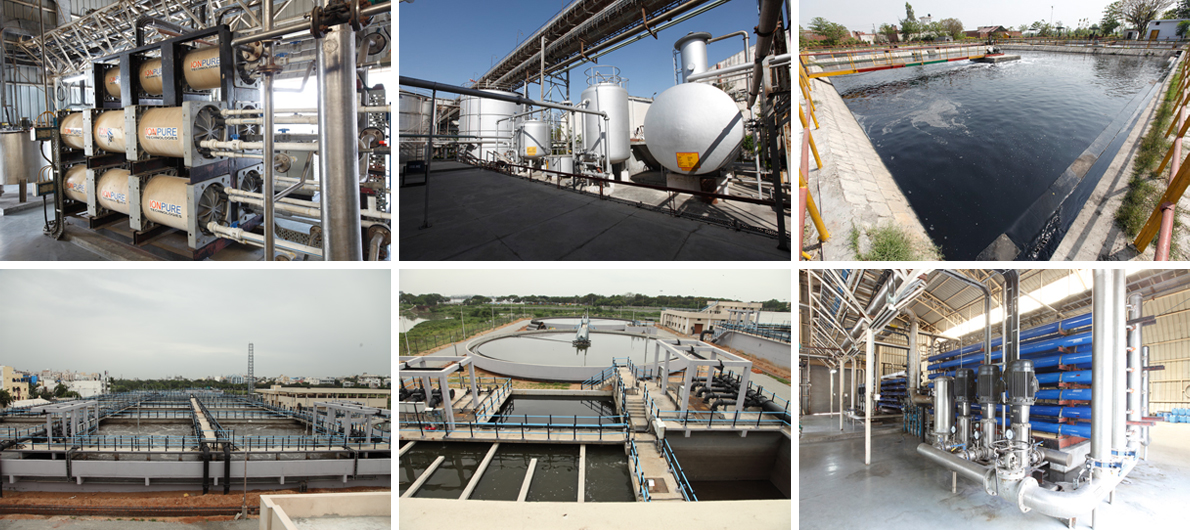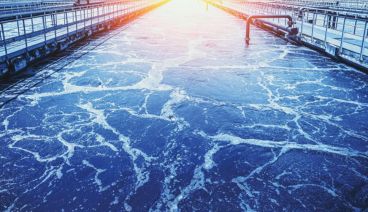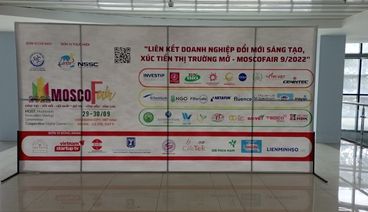OVERVIEW OF INDUSTRIAL WASTEWATER
In industry, water is used as a raw material for production and cooling purposes. Wastewater from different industries which have different flows and characteristics due to the following reasons:
- Basic production materials are variable in different industries which leading to differences in using water
- Production process and technology
- Production scale
- Differences in operating time, operating step and products range.
The identifiable characteristics of industrial wastewater are the major pollutants in the effluent: inorganic or organic waste, soluble or insoluble. Inorganic or organic components shall require different treatment techniques: inorganic impurities usually apply chemical, physico-chemical treatment method (precipitation, coagulation, sedimentation, adsorption, ion exchange, and filtered membrane), and while microbiological methods are mainly used to treat organic components. However, above classification is relative because there are many treatment techniques which combining simultaneously multiple methods to enhance treatment efficiency and match with treatment object and target.
- Some types of industrial wastewater contain high inorganic content:
- Non-metallic mineral production industry: glass and precast concrete plants;
- Metal manufacturing industry: automobile manufacturing, shipbuilding, jewelry manufacturing, etc .;
- Ores and minerals enrichment plants;
- Chemical industry: fertilizer factory, dye, pesticide ...;
Some type of industrial wastewater contains high organic content:
- Pharmaceutical and cosmetic industries;
- Dye factories;
- Soap and detergent factory
- Plastic production factory
- Textile & dyeing industry
- Wood and paper processing plant
- Oil refining industry
- Food processing industries such as dairy, seafood processing, mineral water industry, breweries, starch factories, sugar industry…

Basic components of industrial wastewater:
- Solids are usually classified into inorganic, organic, soluble, insoluble solid
- Organic solids: include all types of chemical compounds of which the molecule contains carbon (C). These substances generate from: toilets, human activities, cleaning, laundry, or manufacturing activities of some industries. Common organic compounds such as wheat flour, sugar, proteins, amino acids, vitamins, hydrocarbons, carbonic acid, alcohol, aldehyde, fats, oils, hormones, enzymes, viruses, bacteria.
- Inorganic solids: include minerals such as salt, limestone, sand…, and inorganic carbon compounds such as CO2, CO3-2
- When dissolved in water, soluble solids form a unified form and cannot be separated from the waste water by conventional physical methods such as sedimentation, floatationn and filtration. Some dissolved solids like sugar, sea salt, acetic acid, alcohol, ...
- Insoluble solids usually exist as suspended particles in water, which can be separated from the water by conventional physical methods, such as sand, plastic powder, grease, etc.
Technical parameter presents the amount of solids in wastewater
|
Organic |
Inorganic |
Total (Organic + Inorrganic) |
|
|
Soluble |
TDS |
||
|
Insoluble |
VSS (MLVSS) |
TSS (MLSS) |
|
|
Total ( Soluble + Insoluble) |
COD, BOD, TOC, ODM |
ASH |
DM |
- Nutrients: Nitrogen and phosphorus
Nitrogen components in waste water: organic nitrate (C-N) and mineral nitrogen (NH4+, NH3, NO3-2, NO2)
Phosphorus is a chemical component that can exist as inorganic (PO43-) or organic (C-P) compounds in waste water.
- Excessive chlorine
Chlorine is used as a disinfectant and detergent in wastewater treatment and the active ingredient is ClO-. When reaction is end, the chlorine ion (Cl-) is left in the water after treatment.
- Volatile fatty acids
Fatty acids with a carbon chain of up to 6 carbon atoms, include: Formic acid (HCOOH), Acetic acid (CH3COOH), Propionic acid (CH3CH2COOH), Butyric acid (CH3 (CH2) 2COOH) Valeric (CH3 (CH2) 3COOH), Hexanoic Acid (CH3 (CH2) 4COOH)
These fatty acids are one part of dissolved COD in the wastewater, generated during fermentation, or generated as an intermediate in anaerobic reaction in wastewater treatment.
- Heavy metals
Heavy metals are available substances in the natural environment and exist in various forms such as molecules, water-soluble forms, minerals in rock or soil. Heavy metals exist in wastewater in the form of dissolution, solid or association to specific compounds or complex forms.
Small amount of some heavy metals is essential components for the activity of microorganisms.
- Fat
Grease is organic molecules with high level of carbon and hydrogen. Grease is a component of total COD generated in waste water
- Other characteristics
In addition to the above-mentioned components, some characteristics of industrial effluents such as pH, alkalinity or acid, temperature and conductance should also be analyzed by analyzing the representative wastewater samples before determining treatment solution and designing approriate & efficient treatment method.



